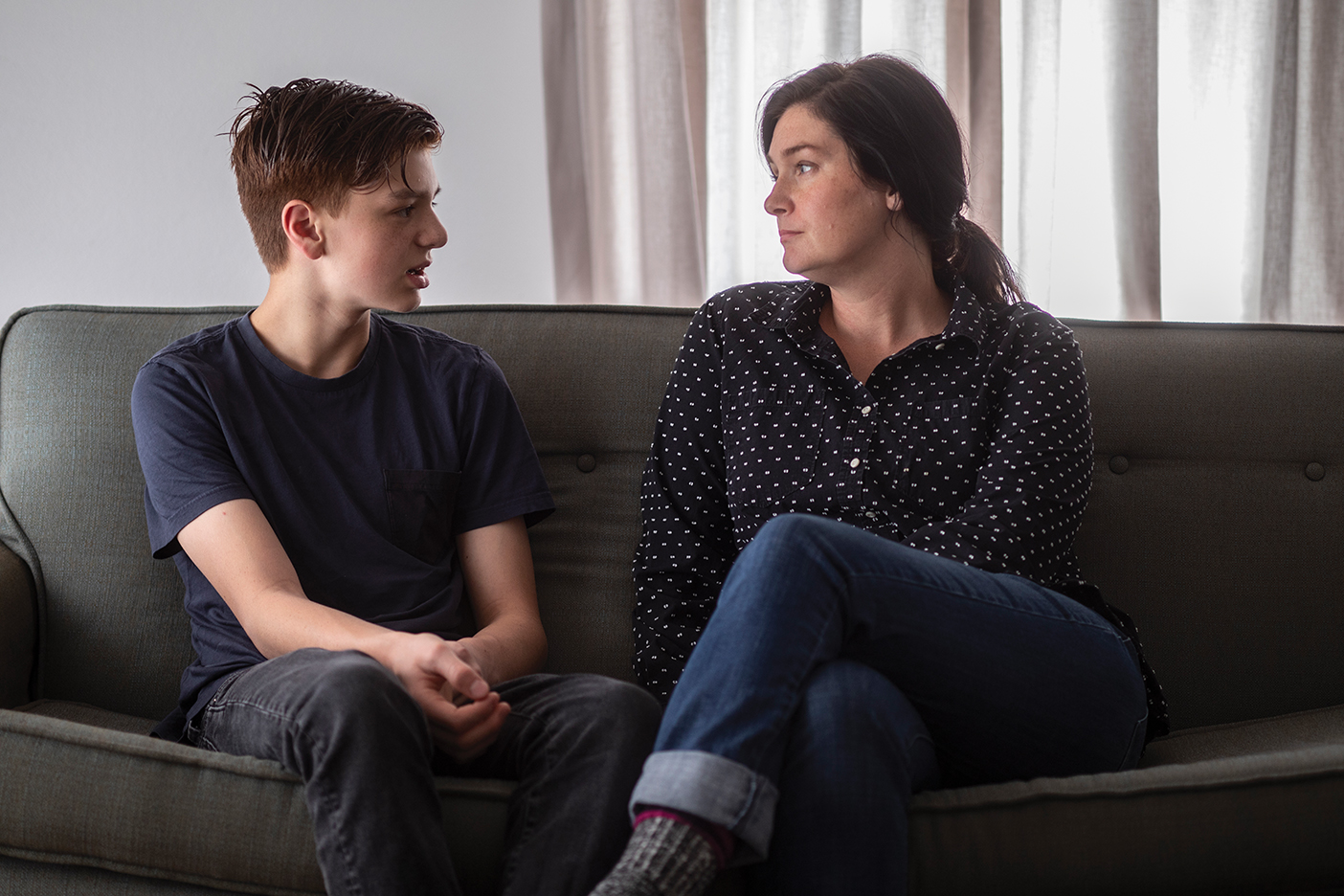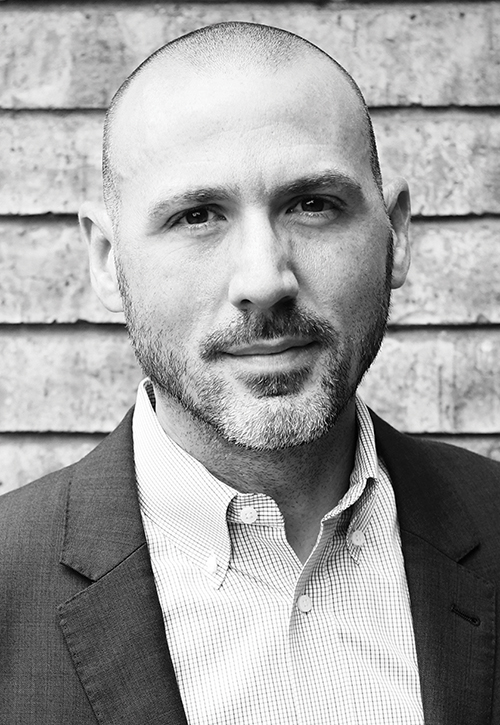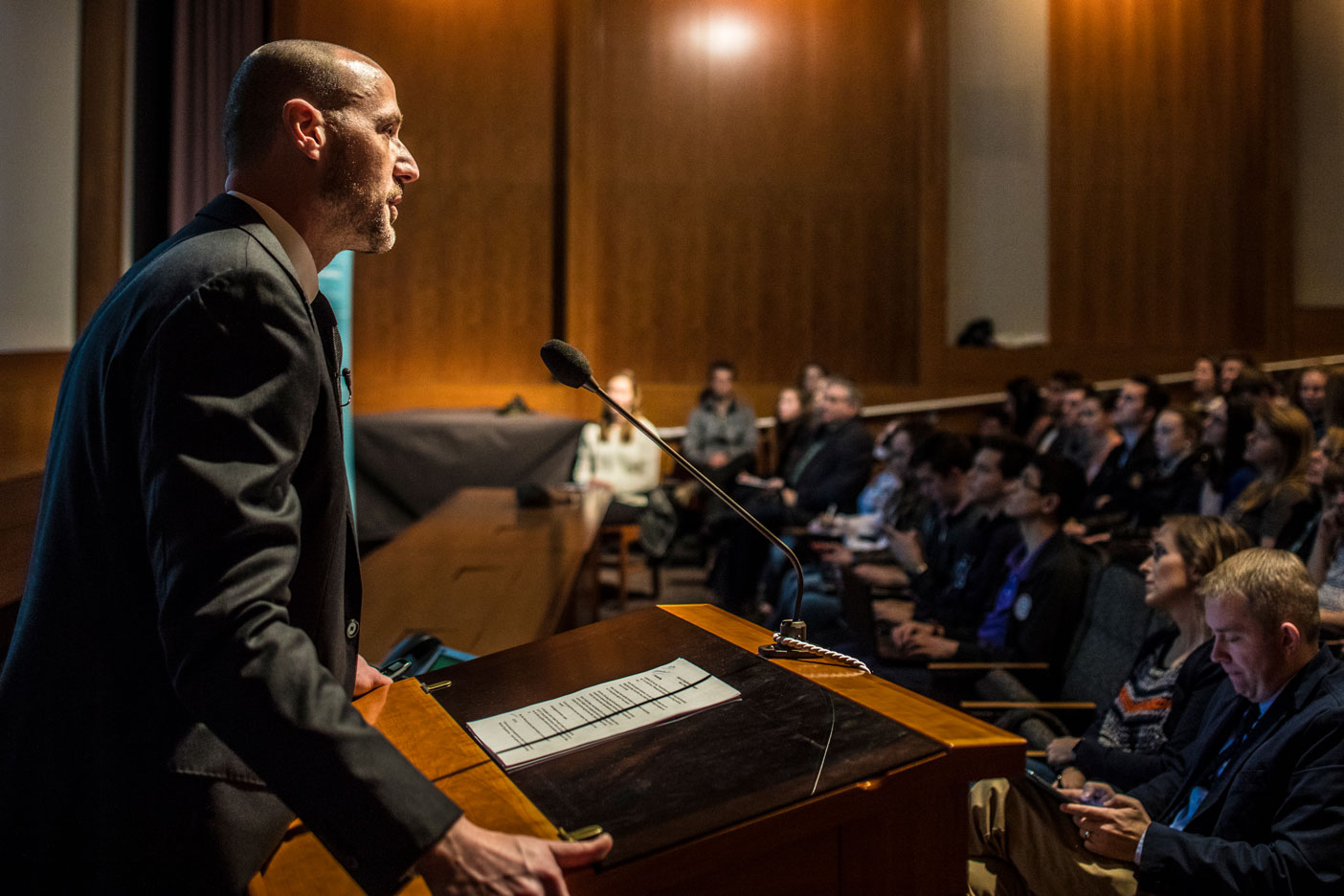To connect with Millennials about faith, we need to understand the questions they are asking.

As a missionary, I spent most of my two years in New Mexico knocking on doors. Some occasional good came of this. But even 20 years ago it felt like trying to saw wood with a hammer. It felt like I was trying to answer a question people weren’t asking. As I understood it, my basic job was to convince people that my church was true. But, with rare exceptions, the people I met weren’t losing sleep about this question. Their very real, very human troubles hadn’t taken that shape. And if I couldn’t convince them—generally in 30 seconds or so—to trade their questions for mine, there didn’t seem to be much I could do for them.
I believe I insisted on answering this question they weren’t asking, at least in part, because it was Joseph Smith’s question. In 1820 Joseph’s very real, very human troubles had taken a specific shape. For Joseph, hip-deep in the charged, sectarian atmosphere of New England’s Second Great Awakening, everything boiled down to one question: “which of all the sects was right”? (JS—H 1:18).
A lot of contemporary research shows, though, that this question may have less traction today. The Pew Research Center recently found that the U.S. public’s decline in measures of religiosity is particularly pronounced among Millennials,¹ who cite a wide-ranging distrust of religious institutions as a key reason for their disaffiliation.²
It isn’t surprising to me that, in a world far removed from Joseph’s, our common human problems might not immediately crystallize, as his did, as an institutional question about which church is true.
I don’t think this means that our contemporary problems are that different from Joseph’s. Death, sin, sickness, loss, loneliness, and failure remain stubbornly universal. And I don’t think this means that we don’t need vibrant, principled churches and institutions. We need them more than ever. In short, I don’t think this difference means that the Mormon practices, scriptures, rituals, and communities that have so deeply affected me are now powerless to address such suffering. Rather, just the opposite: it’s my deep conviction that the door is the same.
“The pressing question isn’t just how we talk to those who don’t share our faith. The more basic and urgent problem may be how we talk to young people who do.”
But the lock on that door—the specific shape into which each generation’s experience of these same troubles crystallizes—may change. In this sense, the pressing question isn’t just how we talk to those who don’t share our faith. The more basic and urgent problem may be how we talk to young people who do.
Knowing the answers isn’t always the hard part. We Mormons have long been confident in the answers that God revealed in Christ. For many of us, the difficult thing is to recover Mormonism not only as an answer but as a question. The difficult thing is to feel our way back into the question’s full force, to remember what it is like to live without an answer, and to remember in our bones why we need an answer.
This recovery must be done again and again—both for ourselves and for those we love—because the question that captures the full force of life’s troubles in any particular historical moment is a moving target. Doing this work will help position us to recognize what, in their frustration, young Mormons may be trying to show us about the specific shape that their own very real, very human problems have taken.
To help, at least to start, I need to listen. I need to let them tell me what keeps them up at night. And, in response, even if I don’t share that worry, I need to be ready and willing to mourn with them as they mourn (see Mosiah 18:9). When we mourn together, the Spirit seals our listening and binds our hearts. If I’m willing to both listen and mourn, then I may be able to recognize—and even help embody—the very specific shape that Christ, at that very moment, aims to take in response.
NOTES
1. See David Masci, “Q&A: Why Millennials Are Less Religious Than Older Americans,” Pew Research Center.
2. See Michael Lipka, “Why America’s ‘Nones’ Left Religion Behind,” Pew Research Center.

Adam Miller is a philosophy professor at Collin College in McKinney, Texas, and the author of Letters to a Young Mormon. He gave the speech from which this article is adapted at a BYU Maxwell Institute lecture on Jan. 11. Watch the full speech at mi.byu.edu/watch-miller-lecture.











